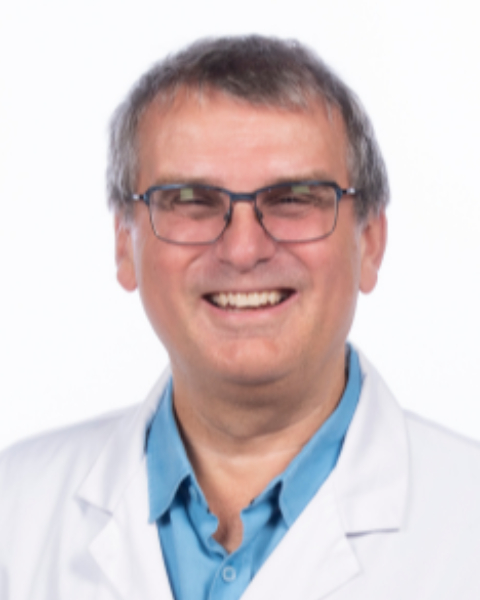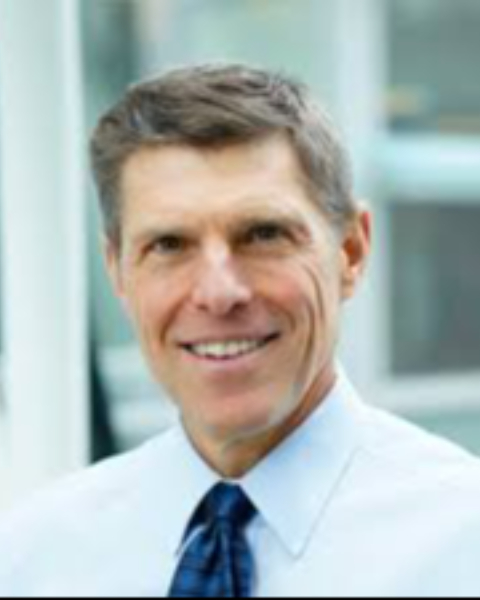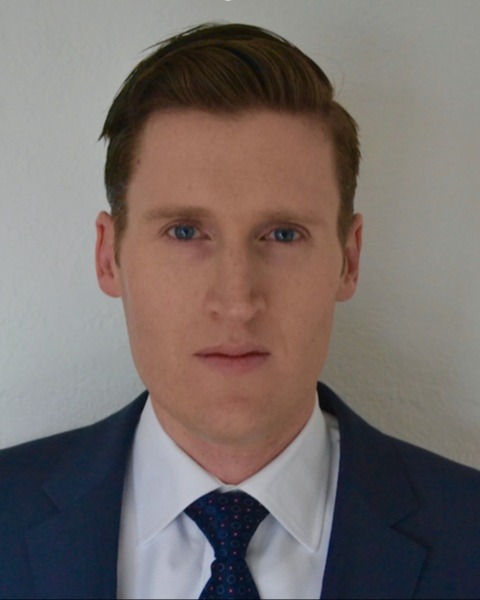Sports Cardiology
Prevention
Cardiology
151 - CHALLENGING CASES IN SPORTS CARDIOLOGY : HORSES AND ZEBRAS WITH RUNNING SHOES
-

Nathaniel Moulson, MD, FRCPC
Clinical Assistant Professor
University of British Columbia
University of British Columbia -

Paul Poirier, FRCPC, FACC, FAHA, FCCS
MD, PhD
Institut Universitaire de Cardiologie et de Pneumologie de Québec
Universite Laval -

Paul Dorian, MD, FRCPC
Professor of Medicine
St Michael's Hospital , Toronto
University of Toronto -
NG
-

James McKinney, MD, FRCPC
Clinical Assistant Professor
UBC Cardiology
SportsCardiologyBC -

Nathaniel Moulson, MD, FRCPC
Clinical Assistant Professor
University of British Columbia
University of British Columbia -

Paul Poirier, FRCPC, FACC, FAHA, FCCS
MD, PhD
Institut Universitaire de Cardiologie et de Pneumologie de Québec
Universite Laval -
NG
-
AH
-
AB
-
DD
-

Marie-Ève Piché, MD, PhD
MD, PHD
Quebec Heart and Lung Institute
Laval University -
NL
Noah Lewis, MD, FRCPC
Cardiology Fellow
Trainee -
JR
-

Paul Poirier, FRCPC, FACC, FAHA, FCCS
MD, PhD
Institut Universitaire de Cardiologie et de Pneumologie de Québec
Universite Laval -

Paul Dorian, MD, FRCPC
Professor of Medicine
St Michael's Hospital , Toronto
University of Toronto -

James McKinney, MD, FRCPC
Clinical Assistant Professor
UBC Cardiology
SportsCardiologyBC -

Nathaniel Moulson, MD, FRCPC
Clinical Assistant Professor
University of British Columbia
University of British Columbia -

Marie-Ève Piché, MD, PhD
MD, PHD
Quebec Heart and Lung Institute
Laval University -

Paul Poirier, FRCPC, FACC, FAHA, FCCS
MD, PhD
Institut Universitaire de Cardiologie et de Pneumologie de Québec
Universite Laval
Co-Chair(s)
Panelist(s)
Presenter(s)
Early Career(s)
Trainee(s)
Moderator(s)
Planning Committee Member(s)
Workshop Description: Exercise is associated with a marked reduction in cardiovascular morbidity and mortality. However, the physiologic and metabolic stress of exercise may increase the risk of cardiac morbidity and mortality especially in athletes who exercise regularly at high intensities. In some instances, exercise may potentiate disease progression and/or cardiac events.
The care of athletes or highly active individuals, especially if middle aged or older, poses unique challenges to the cardiac practitioner. Several situations and symptoms require differential diagnoses in this population, such as endofibrosis (PAD) as a cause of claudication in cyclists and cross-country skiers. In others, disease management requires a thorough understanding of the physiologic and hemodynamic stress of exercise for a given condition, such as occurs in aortic dilatation/aneurysm. Exercise prescription and device programming in patients with implanted electronic devices is related to multiple complexities, including appropriate device programming for patients with chronotropic incompetence, avoidance of inappropriate therapy, avoiding defibrillator shocks, and optimal device programming in patients with CRTs and ICDs.
This workshop will be case-based and present three encountered clinical scenarios related to sports and exercise in clinical cardiovascular care.
1) Exercise-induced peripheral claudication,
2) Thoracic aortic root or ascending dilation (both pre and post surgery)
3) Athletes with pacemaker/defibrillator.
Each scenario will be presented in a clinical case format followed by a brief discussant presentation and panel discussion outlining an expert approach. Audience and panel engagement will then commence. A vascular surgeon will be included in the panel. The workshop will provide an approach and framework for the work-up and management of active patients with cardiovascular disease. This will be achieved by focusing on these three conditions and scenarios encountered in clinical practice. This framework will include the principles of exercise prescription and safe exercise that can be applied to all patients with the above conditions. A multidisciplinary approach to exercise and disease management will also be explored.
Learning Objectives:
- participants will become familiar with endofibrosis (PAD) as a cause of claudication in athletes;
- become familiar with the management of thoracic aortic root or ascending dilation (both pre and post surgery); and
- gain an approach to return-to-sport for patients with a pacemaker/defibrillator, including the importance of shared-decision making in athletes.
